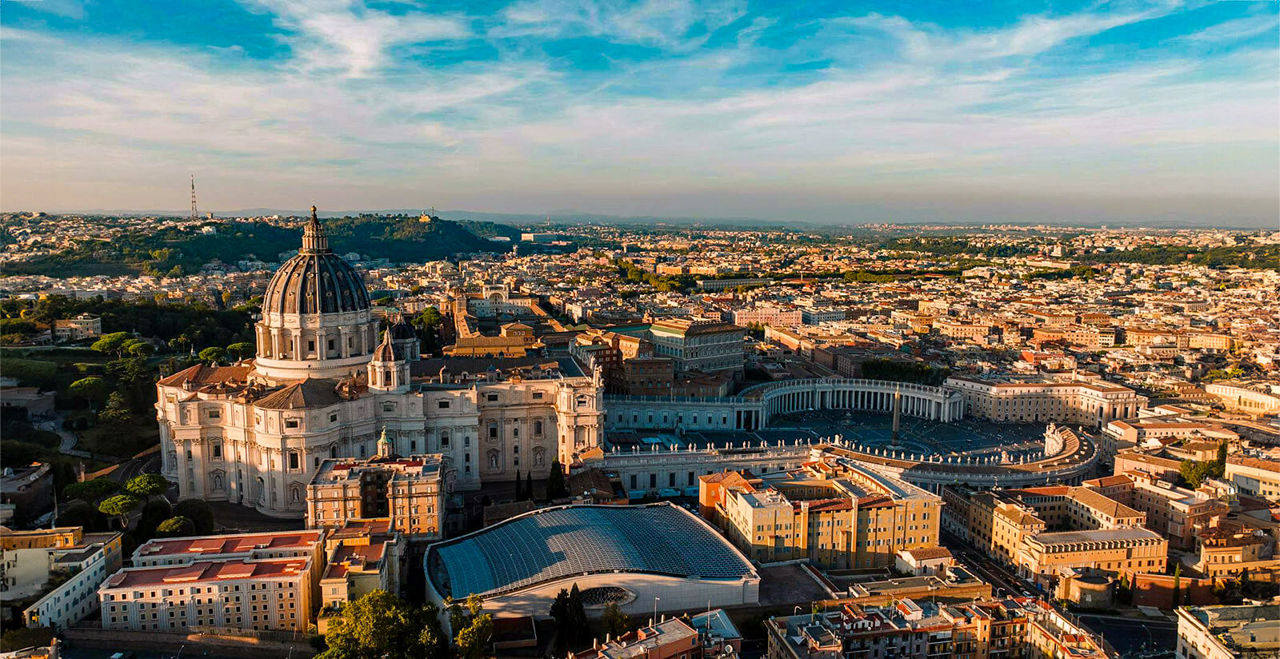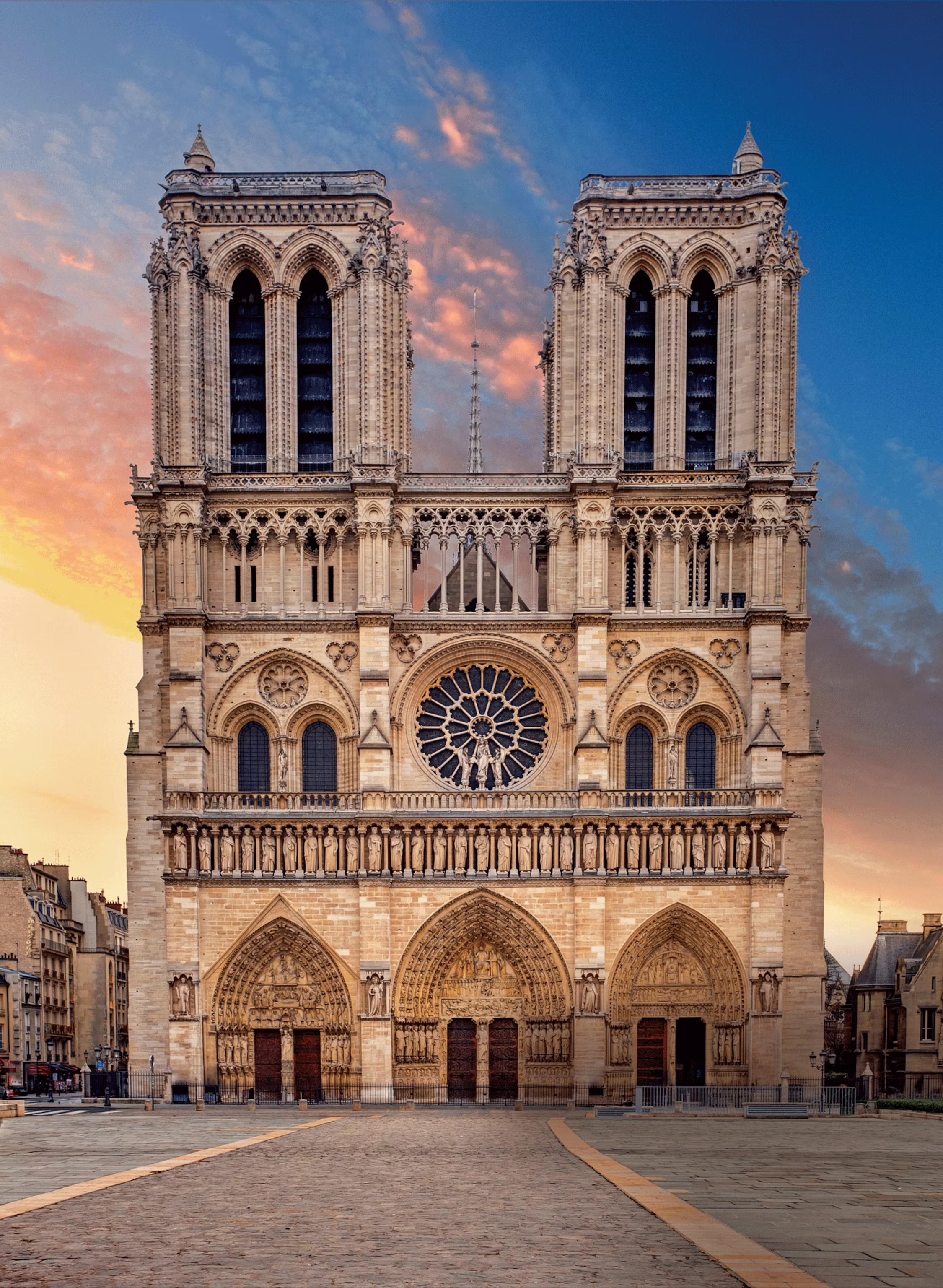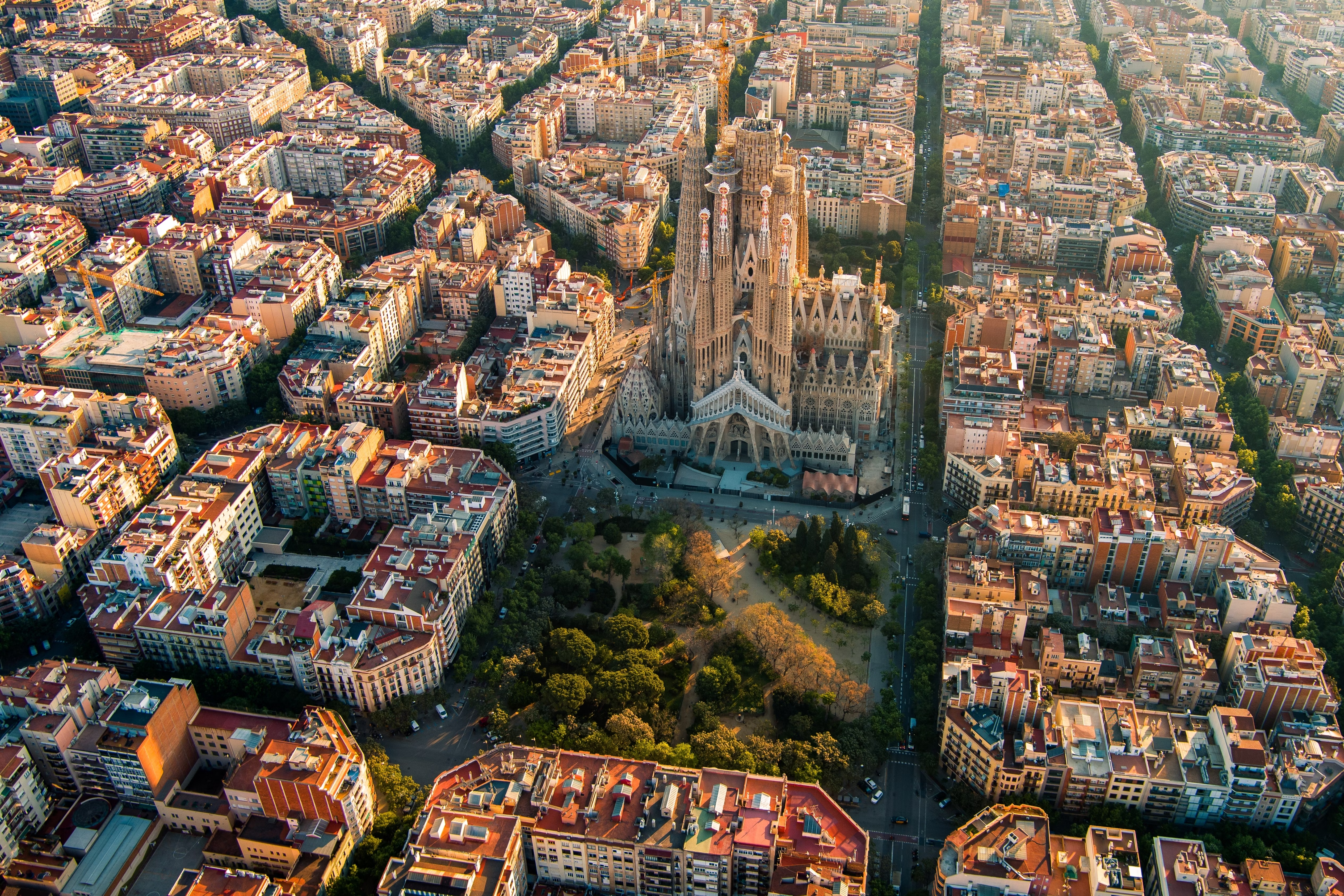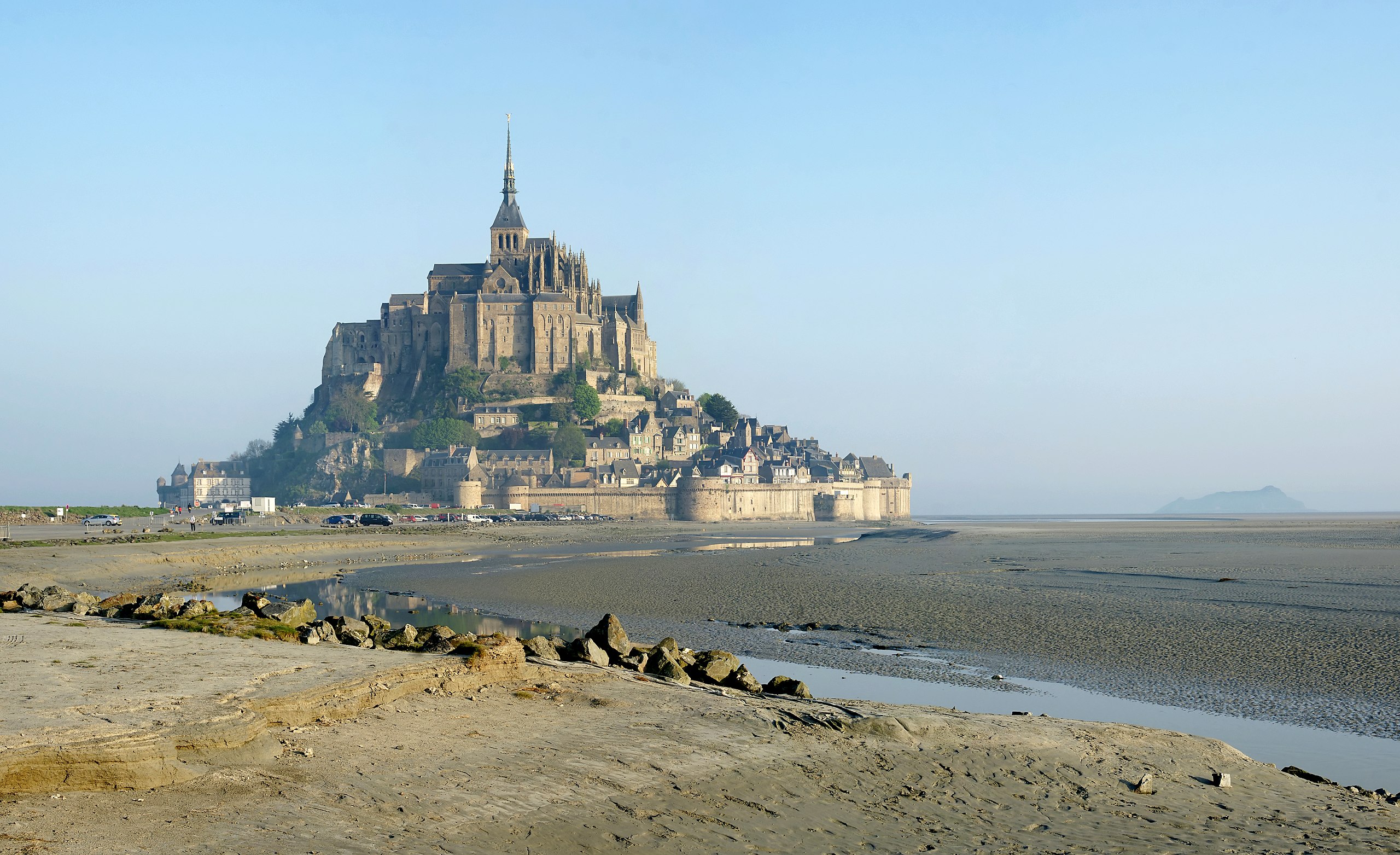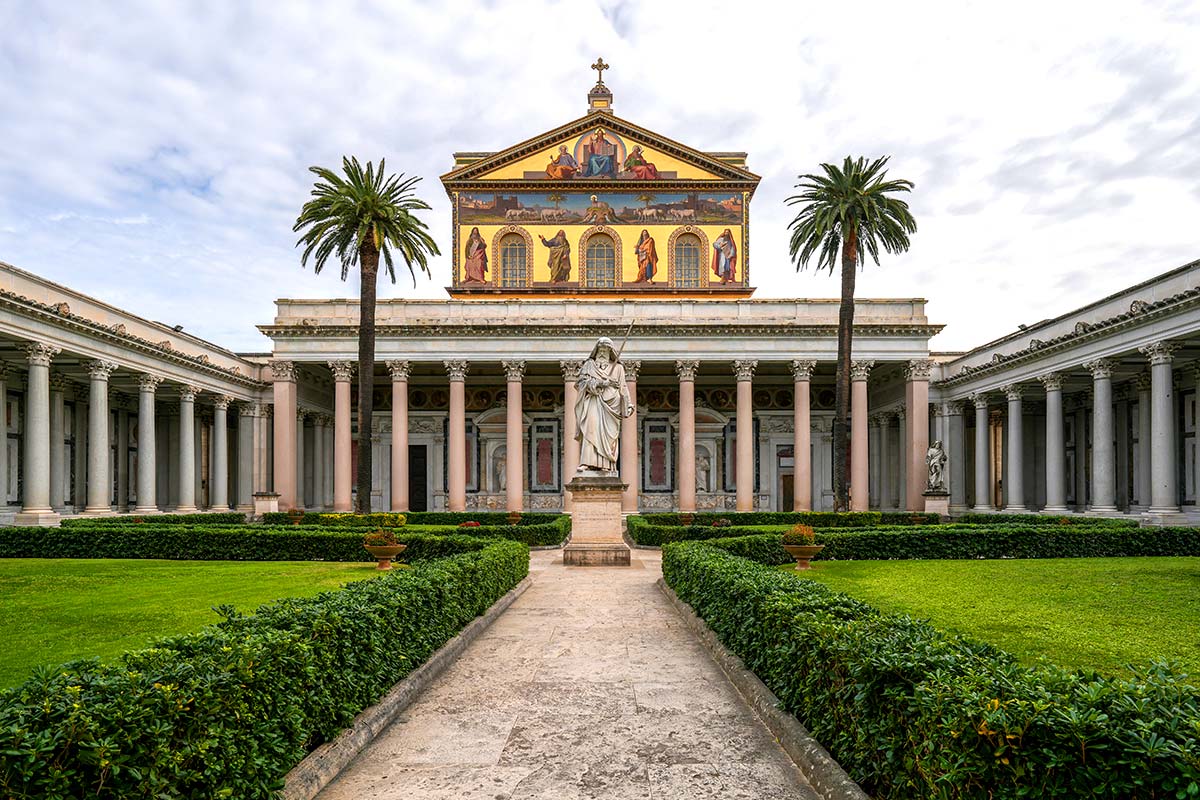
Basilica of Saint Paul Outside the Walls
One of Rome's four major papal basilicas, built over the burial place of St. Paul the Apostle. After being largely destroyed by fire in 1823, it was faithfully reconstructed to match its original 4th-century design, creating one of the best examples of early Christian basilica architecture.
Historical Context
Basilica of Saint Paul Outside the Walls was constructed during the paleo-christian period, specifically between 4th century (rebuilt 1823-1854). This era was characterized by significant developments in architectural techniques and religious expression.
The construction was commissioned by the Pope and Church authorities and took place during a time of significant religious and cultural development. The building has survived through centuries of history, witnessing the Renaissance, political unification of Italy, and World Wars.
Over the centuries, Basilica of Saint Paul Outside the Walls has undergone several renovations and restorations, each adding to its historical significance while preserving its original character and purpose.
